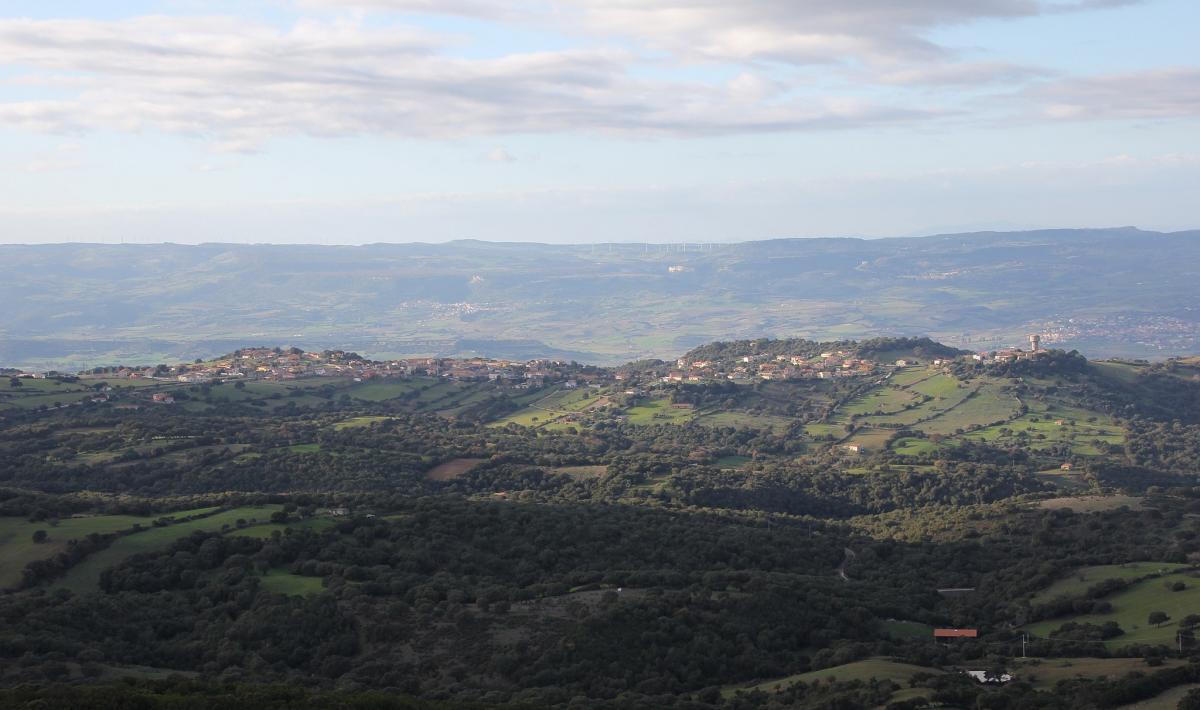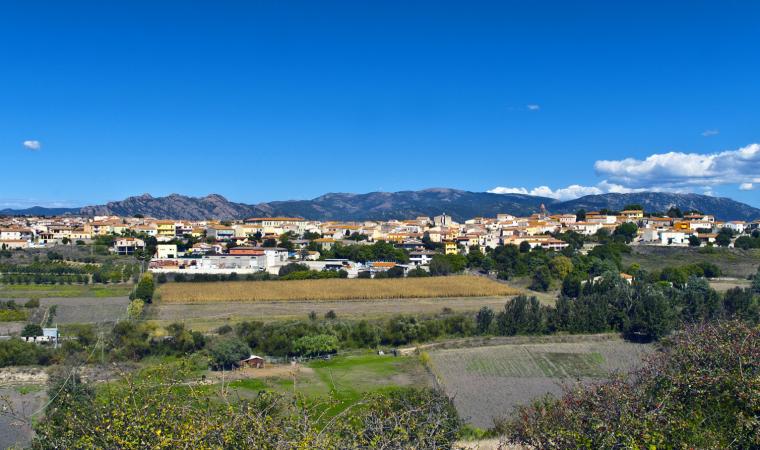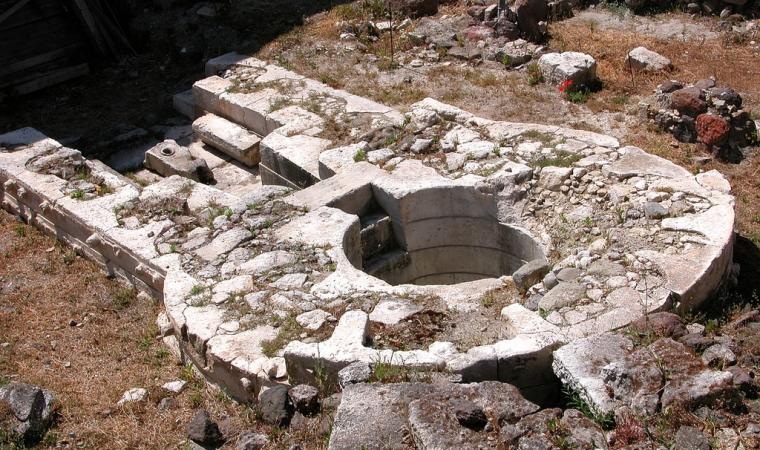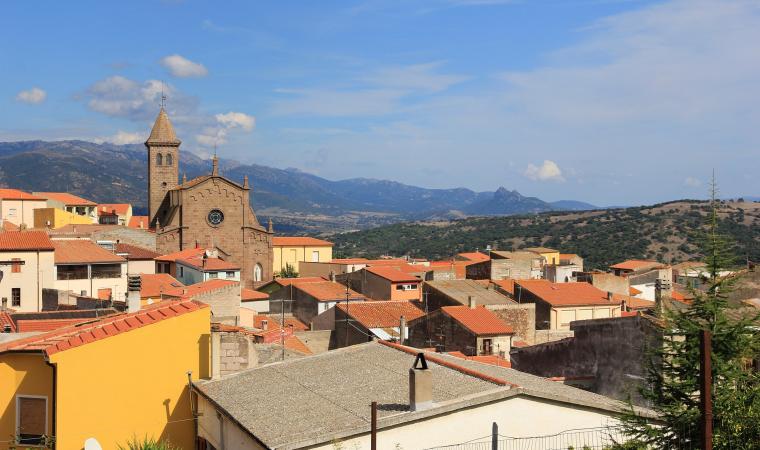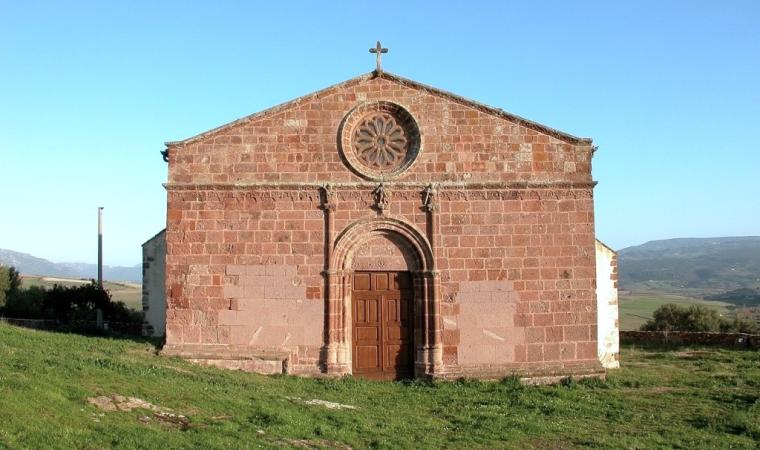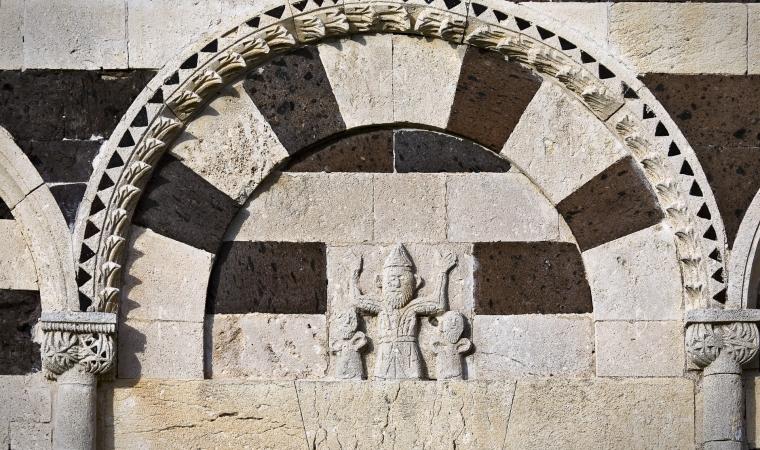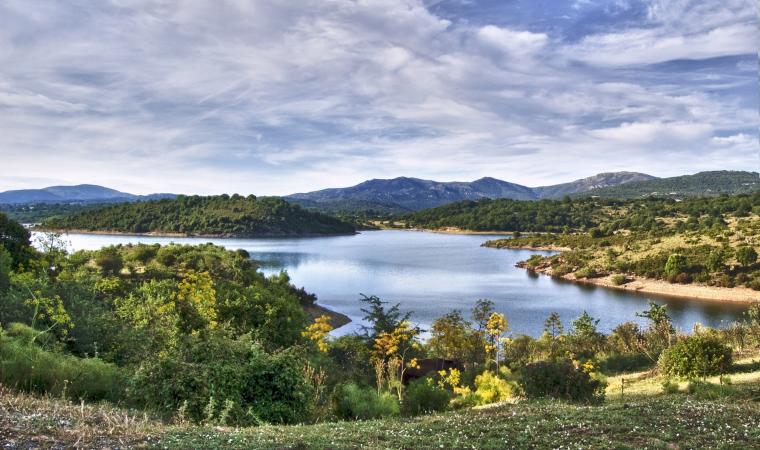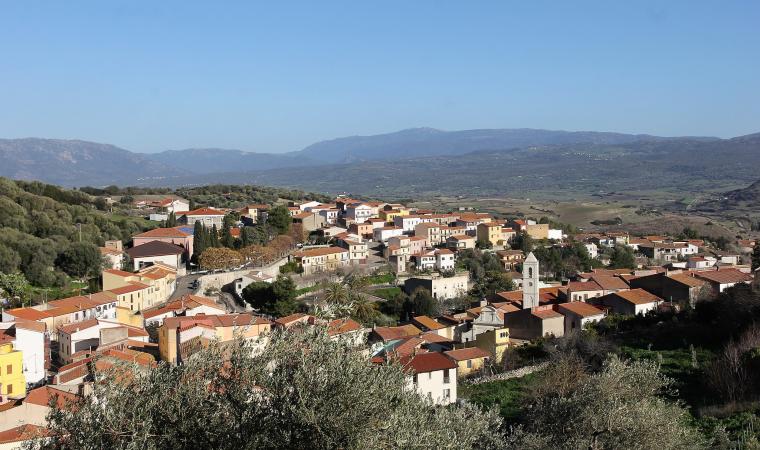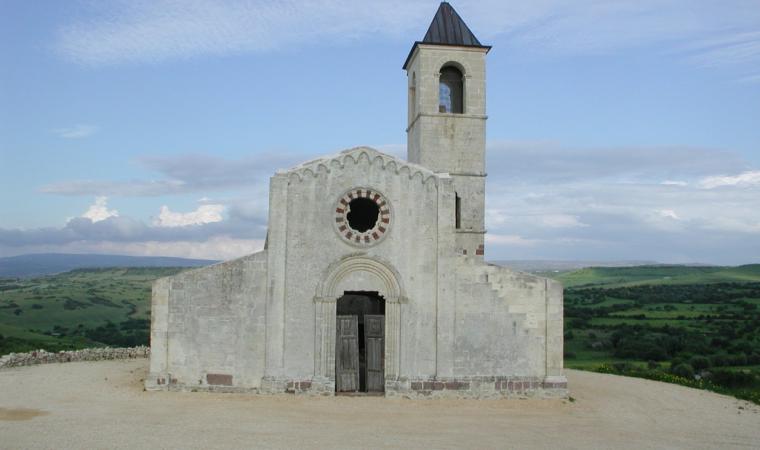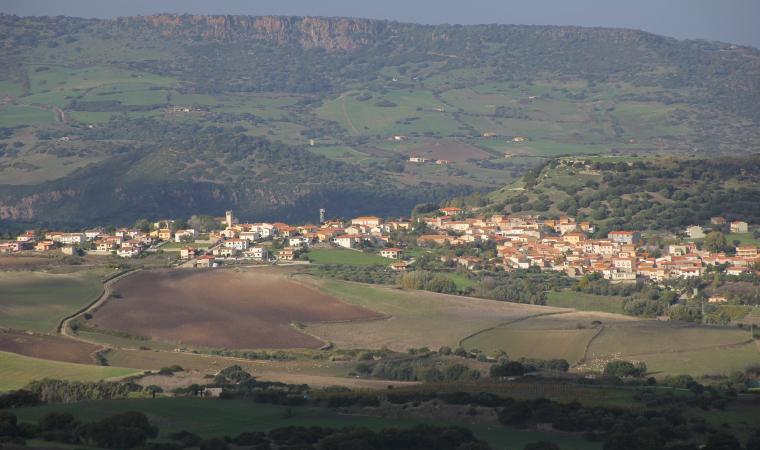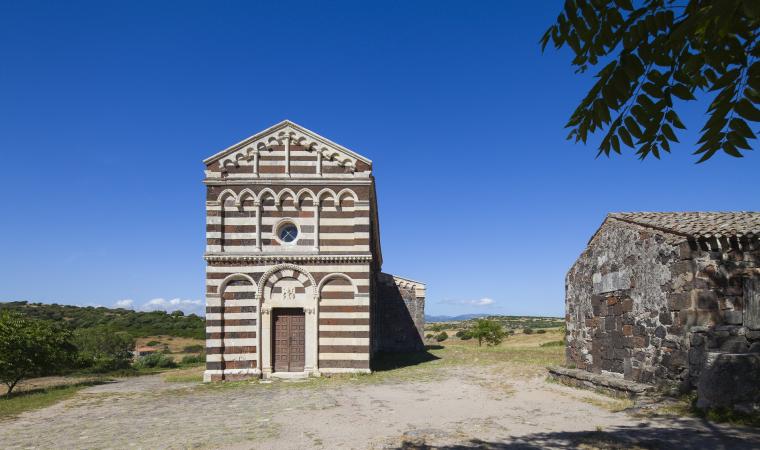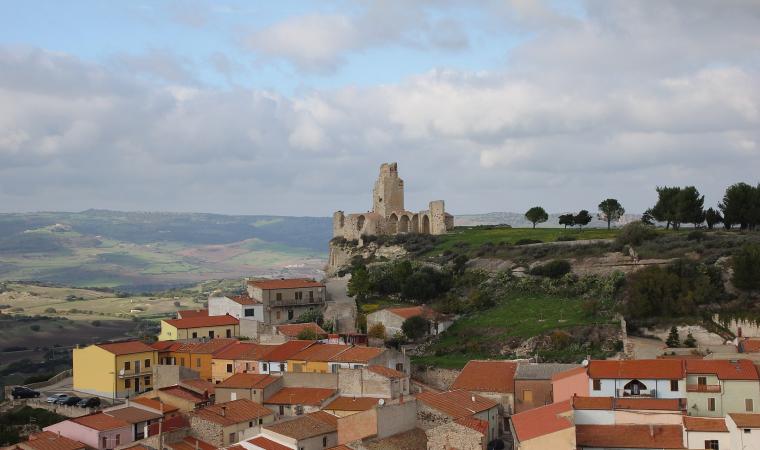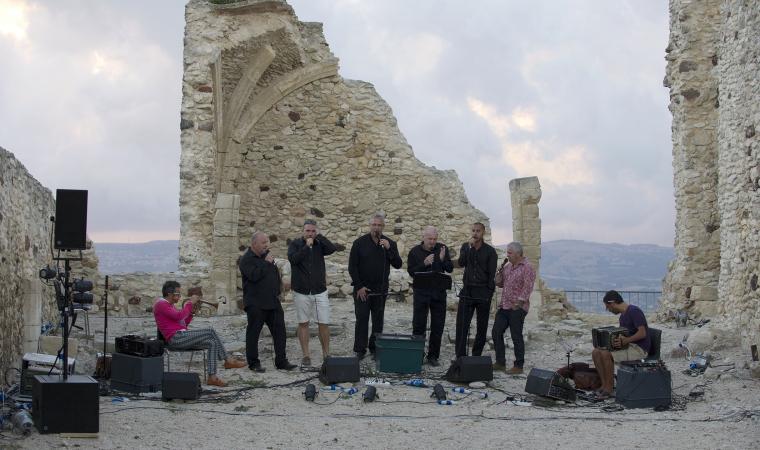Originally a fraction of Perfugas, Erula was officially founded in 1988 by the ‘scorporo’ (separation) of the territory into four towns. A village of about 800 inhabitants within Anglona, Erula was built in the 19th century by around fifty Gallura farming families hailing from Aggius, Bortigiadas and Tempio Pausania, who imported traditions and dialectal variety. They settled in Su Sassu, once a forest also populated by deer, fallow deer and rare species of birds. Its origins can perhaps be traced back through the usual winter transhumance of the shepherds. The first houses were constructed in the Su Nuraghe district. The city centre is spread out, as is typical of Gallura stazzi, and extends to the main street. Erula was formed starting with the Chiesa di Nostra Signora del Sacro Cuore (1932), a parish that includes historic churches of the fractions Erulesi, in particular the sanctuary of Santa Vittoria di Su Sassu, in Romanesque style, possibly attributable to the Victorians of Marseilles. Parchments, intact to this day, reveal that it dates back to 1120 and are the oldest document on Sardinian churches.

